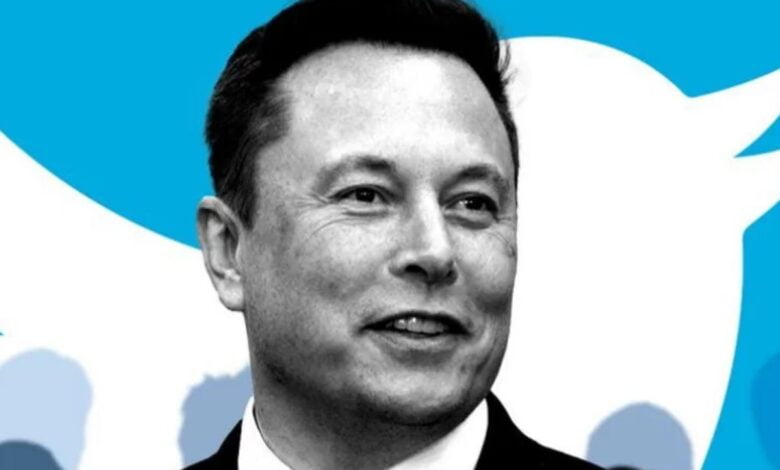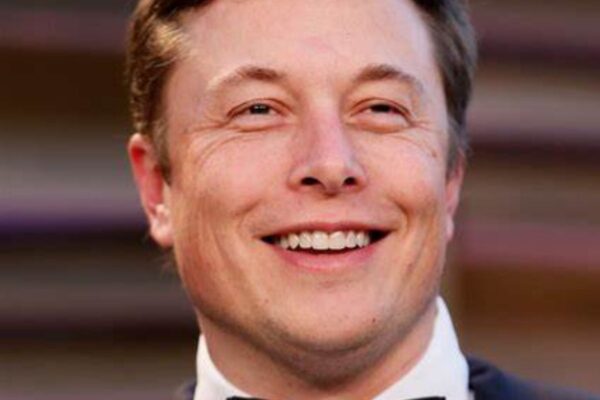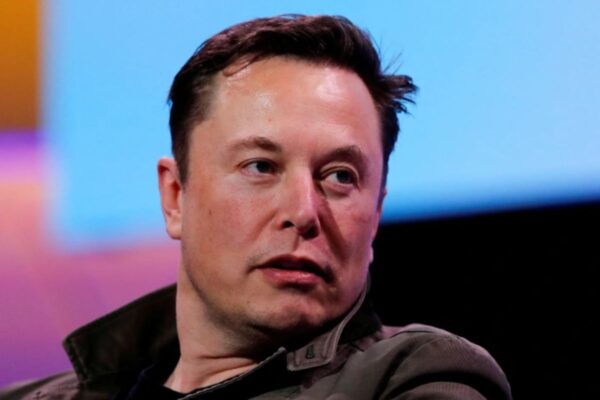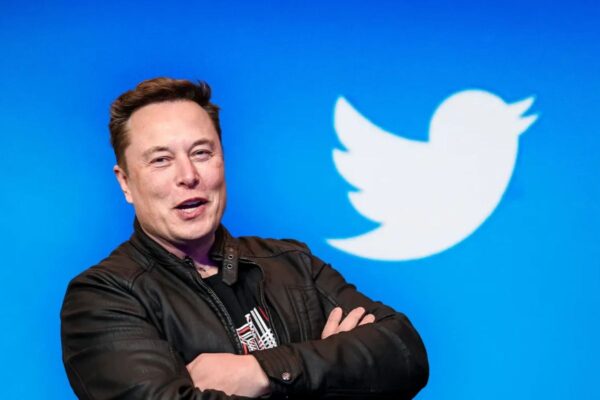Elon Musk defends his $56 billion annual compensation from Tesla

Elon Musk defends his $56 billion annual compensation from Tesla.
Elon Musk tried to refute allegations that his $56 billion pay package was based on simple performance targets and approved by a compliant committee of directors by testifying in court that he was entirely focused on Tesla in 2017 when the electric vehicle manufacturer was in “crisis.”
Richard Tornetta, a Tesla shareholder, filed a lawsuit against Musk and the council in 2018 in an attempt to establish that Musk had used his influence over the committee to dictate the terms of his salary package, which did not need him to work at Tesla full-time.
The world’s richest man, Elon Musk, spoke in court on Wednesday in Delaware, America, about how the company was struggling to exist when the pay package was created. Greg Varallo, the attorney for Tornetta, questioned Musk, and Musk disputed assertions that his balance goals were simple to meet.
Musk said that the amount of mourning taken to bring the company back from the brink of bankruptcy in 2017 to rapid growth was “the level of suffering, no words can express.” I wouldn’t want to put someone through that type of pain.

Varallo made multiple attempts to portray Musk as having complete control over Tesla and to prove that Musk had often worked around Tesla’s committee of directors.
For instance, Musk announced that he unilaterally decided to stop Tesla from accepting Bitcoin and admitted that the committee was not disclosed before he told analysts in October that the committee was deliberating repurchasing up to $10 billion of stock.
However, the testimony did not conclusively establish who created Musk’s 2018 salary package or whether it was the result of committee negotiations or his demands. Musk declared in his testimony that he wouldn’t accept a payment account that made him clock in or put in a set amount of time for Tesla. He stated, “I pretty much work all the time.” I’m not sure what a punch clock would perform.
Chancellor Kathaleen McCormick will preside over the five-day trial as Elon Musk struggles to manage a disorganized overhaul of Twitter, the social media platform he was forced to purchase for $44 billion in October following a separate legal action before the same judge after trying to back out of that deal.
Musk completed his testimony in less than three hours. He arrived in a black Tesla and was guided into the courtroom through a separate entrance out of concern for his safety. Antonio Gracias, a Tesla council member from 2007 to 2021, followed him on the witness stand.

The billionaire argued in court that he focuses his efforts where they are most needed, which in 2017 was at Tesla. Therefore, Musk explained, “allocation shifts to where the crisis is.”
Musk has a history of giving hostile proof and frequently exhibits disdain for attorneys who press hard-hitting questions. He has directed the opposing counsel as “reprehensible” in prior trials, questioned their happiness, and charged them with “extortion.”
Musk was more subdued on Wednesday, though he resented being pressed with difficult questions. “Your question is a complex question that is commonly used to mislead people,” Musk once told the plaintiff’s attorney.
Musk said he was not a lawyer but that he had learned a few things from participating in enough lawsuits.
Elon Musk Tweets
This week, Musk tweeted that he would stay at Twitter’s San Francisco headquarters 24 hours a day until the company’s issues were resolved. On Wednesday, Musk declared to have flown in from the social media company.
In his testimony, Musk also stated that he hoped to complete an organizational restructuring this week and that he expected to work less at Twitter in the future. He added that the company would eventually find a new CEO.
Investors in Tesla are growing more concerned about Musk’s time commitment to maintaining Twitter. Around noon, the price of Tesla stock dropped by 3%.
Musk claimed that restructuring the business requires a spike in activity following an acquisition. I do, however, intend to use Twitter less frequently after that.
However, Musk insisted that this was being done “voluntarily” and “after hours.” Musk also revealed that some Tesla engineers were assisting Twitter’s engineering teams in their evaluation. The 2018 package, which according to Tornetta’s attorney Greg Varallo was $20 billion more than the state of Delaware’s annual gross domestic product (GDP), has been requested to be revoked by the court.

The legal team for Musk and the Tesla directors has portrayed the compensation package as a set of bold objectives that succeeded in increasing the stock value of Tesla by ten times, to more than $600 billion from about $50 billion.
They contend that the plan was created with input from significant shareholders and was developed by independent board members under the guidance of outside consultants. Musk was allegedly involved from the outset, according to Tornetta’s attorney. Musk seemed to be pushing for the pay plan months before the board negotiated it with him, according to an email from May 2017.
The man wrote, “I’m planning something incredibly ridiculous, but also high risk. After Musk finished speaking, Antonio Gracias, a longtime friend and venture capitalist who served as a Tesla board member from 2007 to 2021, took the witness stand.
Gracias said he was prepared to confront Musk if necessary. During his testimony, he declared, “I don’t pull punches with any of my CEOs.”
The contentious Tesla package gives Musk the option to purchase one per cent of Tesla’s stock at an important discount each time he meets increasing performance and financial goals. If not, Musk receives nothing.
According to court documents, Tesla has achieved 11 out of the 12 goals. Because courts often defer to the judgment of directors, shareholders typically cannot challenge executive remuneration. Because it was determined that Musk might be considered a controlling shareholder, which means that stricter rules apply, the case against him survived a motion to dismiss.
A 21.9 per cent shareholder who serves as the company’s chief executive has never received a structured payout plan of this size, according to Lawrence Cunningham, a corporate law professor at George Washington University.
Edited by Prakriti Arora






